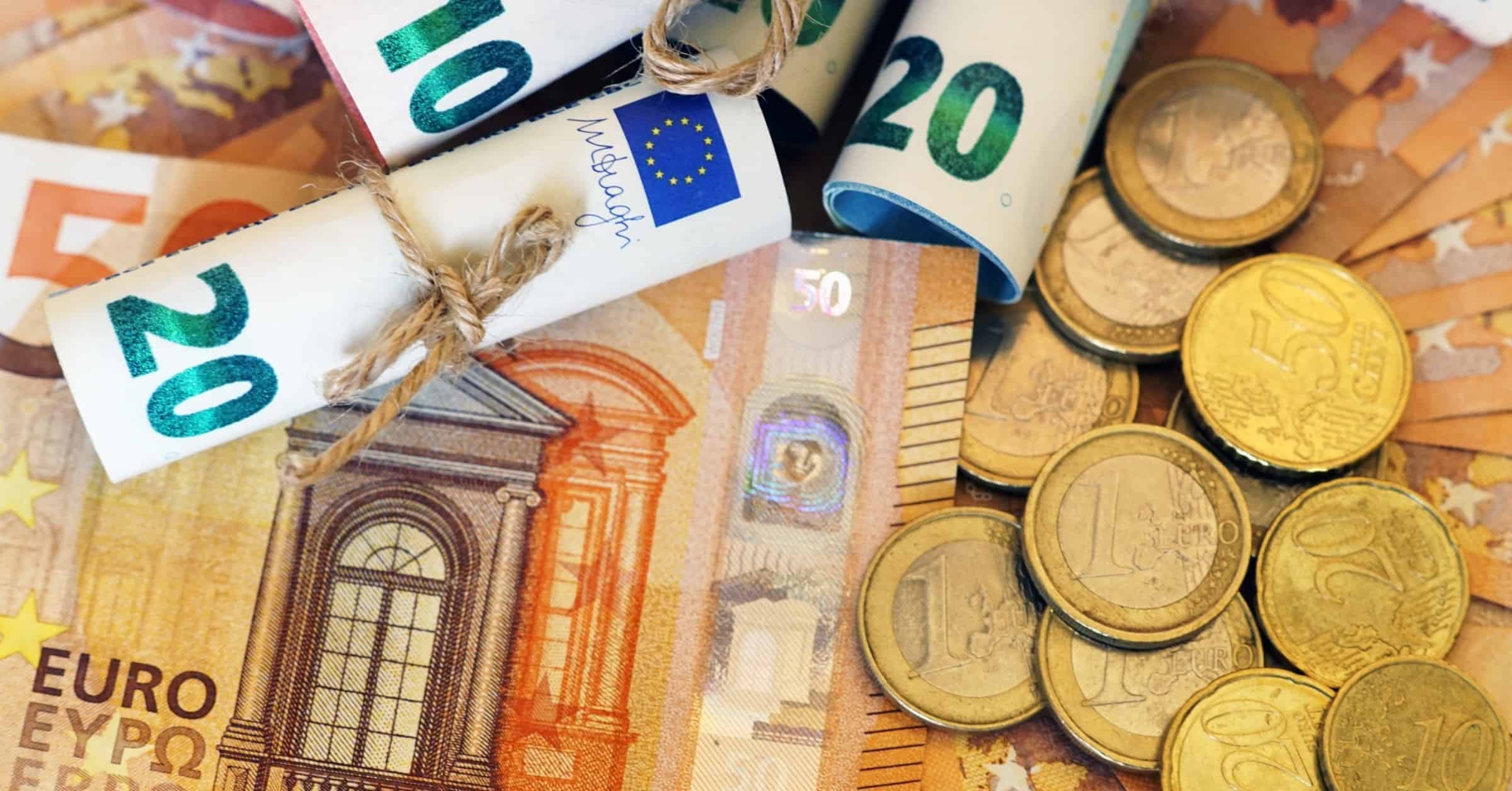The short answer for how much money is there in the world: Money in circulation in the world is around US$ 36.8 trillion. This includes all of the physical currency and money deposited in savings and current accounts. This figure represents only ‘narrow money’.
Money is the medium of trade for goods and services. This doesn’t actually make the world go around, but countries’ economies depend on the exchange of money for goods and services.
Money supply data is typically collected and released by the government or the country’s central bank. As it is present in various forms (virtual and physical) in different currencies, it is exceedingly difficult to determine how much money is there in the world exactly. Here in this article, you will read how much money is in circulation in the world in detail.
Different Types of Money
Usually, various forms of money are known as “M”s. They range from M0 (narrowest) to M3 (broadest), depending on the policy formulation of the central bank of the country.
M0: All circulating physical money currency including coins, notes, and bills is referred to as M0 money.
M1: M1 Includes all M0 money supply currencies, plus all money held in demand deposits, traveler’s checks, other checkable deposits, and negotiable withdrawal orders. M1 money essentially contains currency and properties which can be converted rapidly into cash.
M2: Includes all M1, plus deposit savings, mutual funds, money market securities, and other time deposits. These assets are typically used as a medium of trade and are less liquid than M1.
M3: Is M2 plus large deposit certificates, institutional money market funds, and short-term repurchase contracts. These assets are less liquid than other money-supply elements.
Since 2006, the Federal Reserve System hasn’t tracked M3 money because all valuable economic activity information is already available in the M2 money supply. Knowing the difference between different types of money is important to know how much money is in the world.
How Much Money is there in the World?
Determining how much money is in the world can be difficult due to various factors. The meaning of the term “money” itself differs as the parameters used to measure it can differ. One may define money by focusing on such metrics as gold and other properties, while others may classify money by bitcoins and notes. In addition, the central banks of different countries establish abstractions that can be difficult to assess their values.
As of 31 January 2019, money in circulation was approximately US$ 1.7 trillion including notes, coins, and currencies no longer issued by the Federal Reserve.
Around US$ 36.8 trillion is circulation money in the world. This includes all of the physical currency and money deposited in savings and checking accounts. This figure represents only ‘narrow money’.
If you add the ‘broad money,’ however, the sum goes up to more than $90.4 trillion. This amount increases further when including bitcoins and other cryptocurrencies.
Money reaches $1.2 quadrillion in the form of investments, Gold, derivatives, and cryptocurrencies. This is what it looks like: $1,200,000,000,000,000 written out.
Cryptocurrencies Money
To know more about how much money is there in the world, electronic money (cryptocurrencies, etc.) virtual money- must also be included. Today, there are more than 1,350 cryptocurrencies in the world. If we combine the worth of Bitcoin, Litecoin, Monero, Ethereum, and all the other popular cryptocurrencies, their total value amount of money equals $544.6 Billion.
The capitalization of the Top-5 global cryptocurrencies is:
- Bitcoin – $340.8 Billion
- Ethereum – $64 Billion
- XRP – $26 Billion
- Tether – $20 Billion
- Litecoin – $5 Billion
Who decides how much money is in the world?
The central bank of each country is the primary controller of the money supply.
Central banks can change the proportion of deposits that commercial banks must hold on reserve. They may also inject cash into the market and change the interest rate at which they lend money to commercial banks.
Higher interest rates discourage people from borrowing, and as a result, they spend less.
Richest Countries in the World
Through looking at the GDP per capita or gross domestic product per capita of each country across the globe, countries can be ranked on the basis of income and then compared with each other. From there, you can decide which countries are the wealthiest, and then list the countries in downward order, from the wealthiest to the poorest.
The following is the list of the top 10 wealthiest countries based on GDP per capita:
- Luxembourg (GDP per capita: $119,719)
- Norway (GDP per capita: $86,362)
- Switzerland (GDP per capita: $83,832)
- Ireland (GDP per capita: $81,477)
- Iceland (GDP per capita: $78,181)
- Qatar (GDP per capita: $65,062)
- The United States of America (GDP per capita: $64,906)
- Denmark (GDP per capita: $63,434)
- Singapore (GDP per capita: $62,690)
- Australia (GDP per capita: $58,824)
The richest countries
HowMuch.net has shared amazing infographics with data on the richest countries in the world for 2019.
Top 10 richest countries in the world in 2019:
- US – $105.99 trillion
- China – $63.83 trillion
- Japan – $24.99 trillion
- Germany – $14.66 trillion
- Great Britain – $14.34 trillion
- France – $13.73 trillion
- India – $12.61 trillion
- Italy – $11.36 trillion
- Canada – $8.57 trillion
- Spain – $7.77 trillion
How much do people earn?
Credit Suisse has said that out of nearly $361 trillion of world wealth, 43.9% ($158.3 trillion) is concentrated in the hands of 0.9% of the population. For example, in Russia, 10% of the wealthiest people in the country account for 83% of all personal wealth. This indicator is much higher than it is in the US (76%) and in China (60%). There are 18.6 million Americans and 4.4 million Chinese among the millionaires.
The following are the richest men in the world:
- Jeff Bezos (USA) – $177 Billion
- Elon Musk (USA) – $151 Billion
- Bernard Arnault (France) – $150 Billion
At the same time, about 2,883 Billion people in the world don’t have even $10,000 at their disposal. 56.6% of the world population possesses only 1.8% of the world’s wealth, or $6.3 trillion.
About 112 million people are forced to live on less than $3.20 per day. More than 32 million people don’t have even $1.90 for their daily expenses. (World Bank)
How much money is in the world per person?
Purists who believe that “money” solely refers to actual “narrow money” (banknotes, coins, and money placed in savings or checking accounts) estimate that the total is roughly $36.8 trillion. If you consider “broad money,” which includes any money held in easily accessible accounts in addition to physical money, the number is around $90.4 trillion.
The total population is approximately 7 billion, therefore money per person would range between $5,000 and $13,000, depending on how money is defined.
Future of money
Today, transactions are becoming more digital, thereby reducing the use of physical money. The use of mobile phones and computers to move money has also reduced the amount of physical money in circulation. It remains to be seen, therefore, whether the central banks of the various countries in the world will pursue a means of regulating the digital currency. Besides, bitcoins and cryptocurrencies give central banks second thoughts about going digital.
Read also: What is money laundering and why is it illegal?
The Bottom Line
Now you know that the answer to the question ‘How much money is there in the world?’ depends on what exactly you count. Cash is being gradually replaced by electronic money, and people seek alternatives to regular term deposits. Instead, they start investing in cryptocurrencies, try Forex and stock trading, and trust payment systems. The world economy is changing rapidly, just like the amount of money in circulation.
See Also









